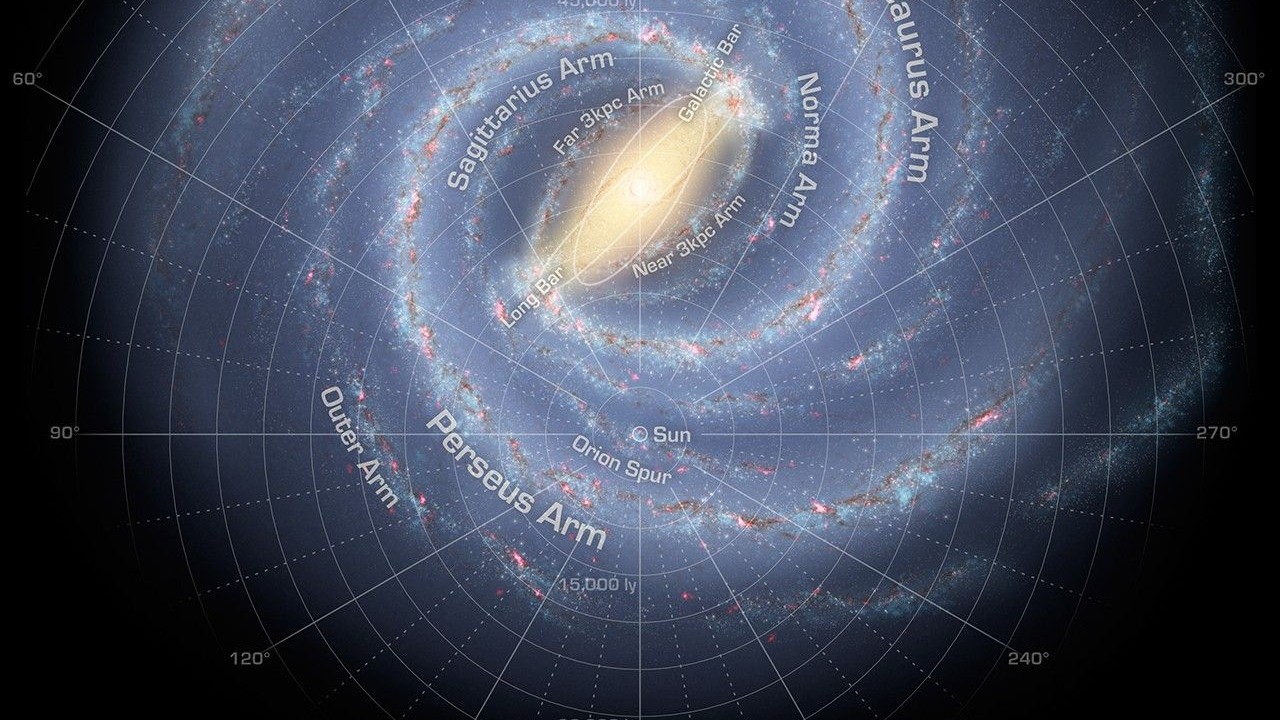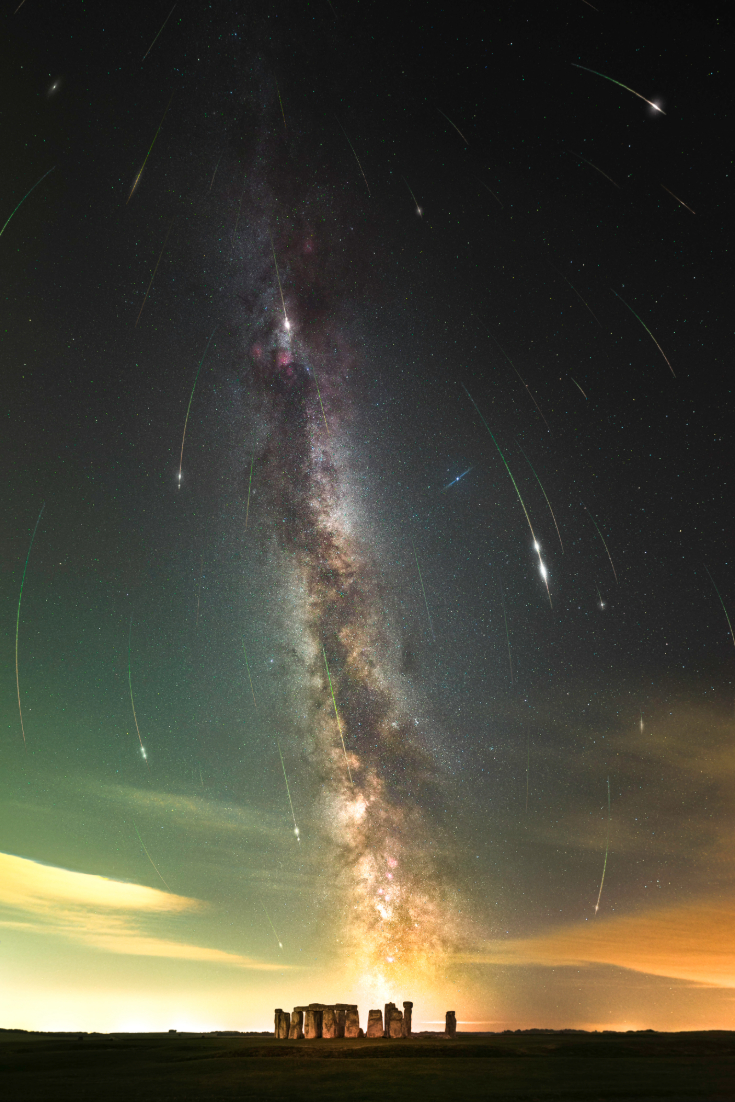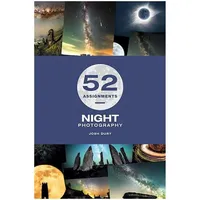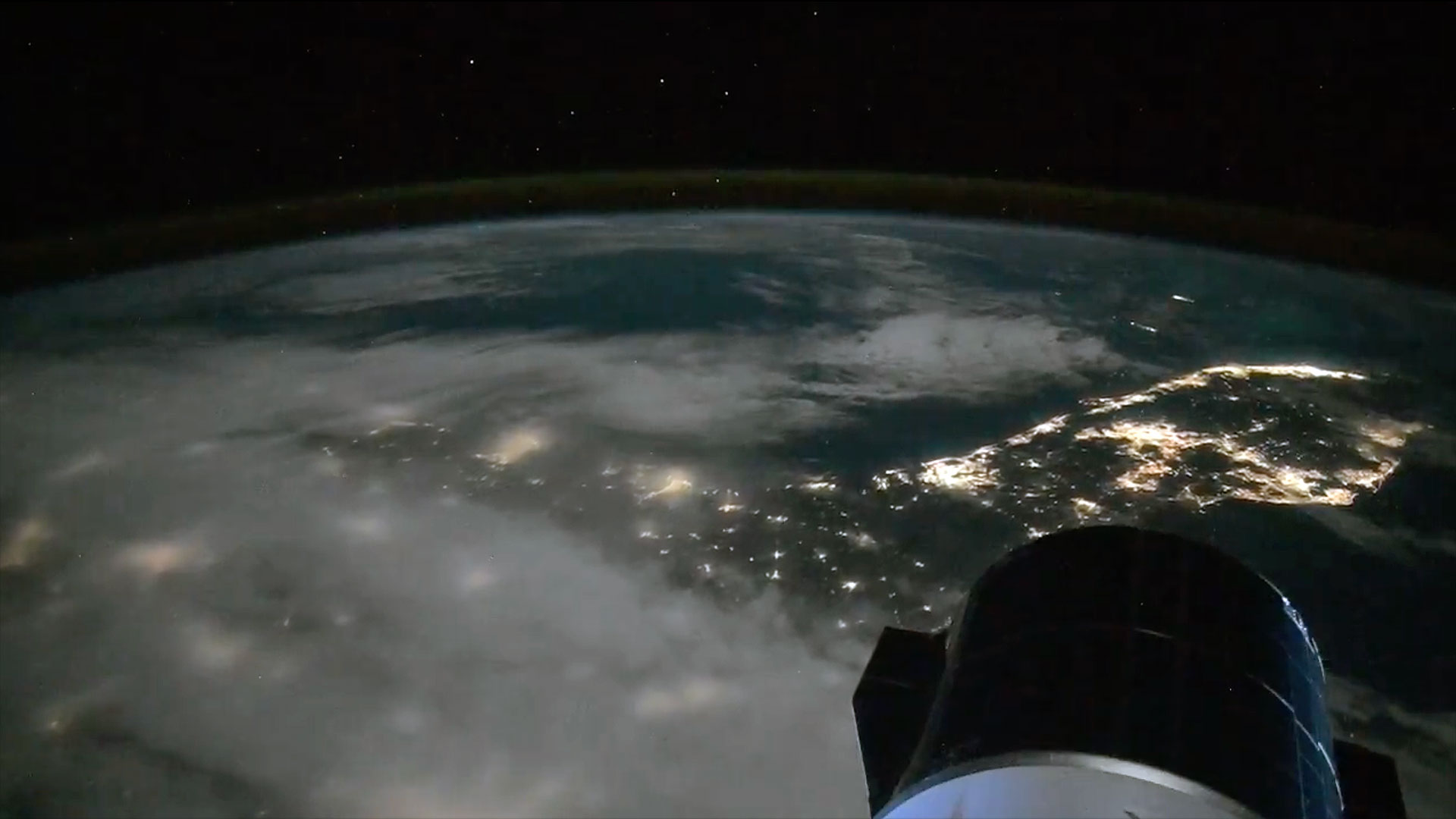The Milky Way brightens the moonless summer sky this week: Here's where to look
Our galaxy will make for a particularly splendid sight on the dark nights surrounding the new moon phase on Aug. 23.
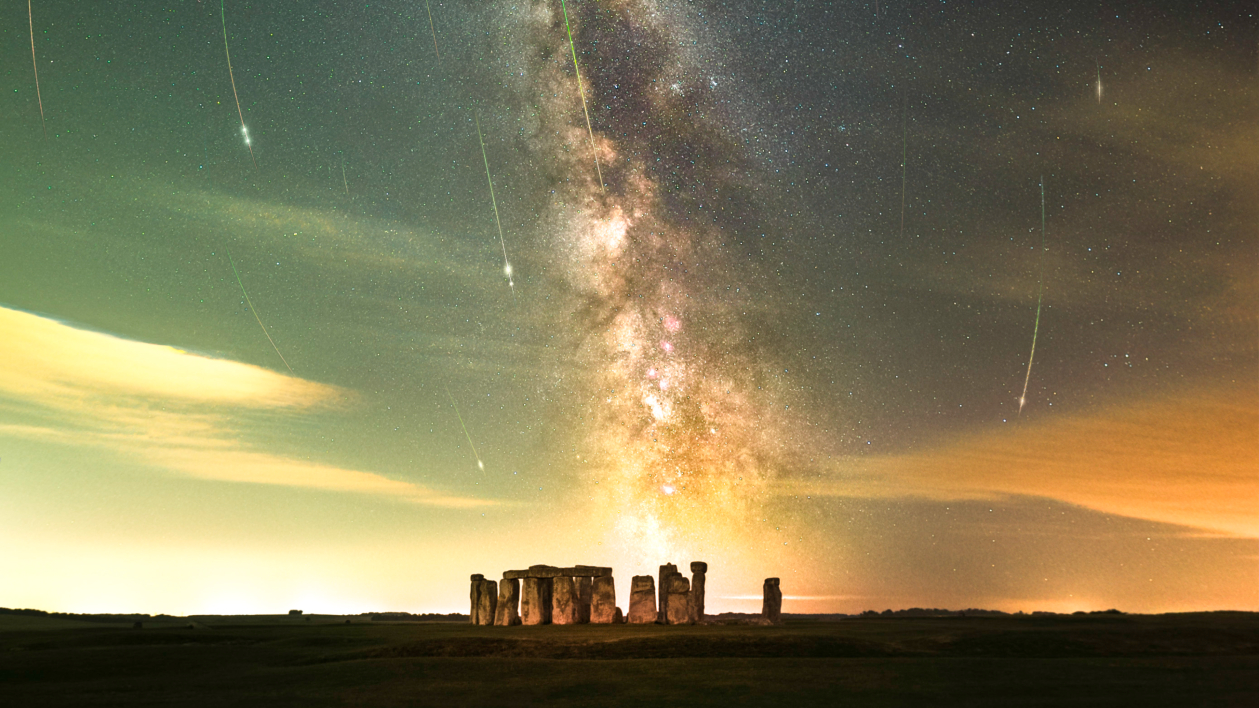
Head away from city lights in late August to see the dense core of the Milky Way arcing towards the southwestern horizon against a blissfully dark sky as the waning lunar disk approaches its new moon phase.
Our solar system orbits within a 100,000-light-year-wide spiral galaxy known as the Milky Way. On clear nights under dark skies, we can see the profile of our galactic home from within — the galactic plane — stretching across the inky darkness as a glowing band of milky light interspersed with dense filaments of cosmic clouds.
Different aspects of the Milky Way become visible to us as Earth makes its year-long circuit around the sun. In the warm summer months of July and August, viewers in the northern hemisphere can gaze directly towards the core of our galaxy, while the winter months give us a better view of the outer spiral arms of the Milky Way.
From a dark sky site, viewers in the northern hemisphere will see the ribbon-like form of our galaxy stretching towards the southern horizon, passing through the constellations of Cygnus and Aquila, before tumbling towards the southern horizon past Sagittarius and the tail of Scorpius.
How to photograph the Milky Way
We asked award winning astrophotographer Josh Dury for some tips on capturing the Milky Way. "When photographing the milky way, it is best to photograph its presence amongst the night-sky from dark-sky locations," Dury told Space.com in an email. "Not only will this result in more contrast and brighter appearance, [but] there are more details to see in the structure of the galactic core and further afield."
Our galaxy will make for a particularly splendid sight on the dark nights surrounding the new moon phase on Aug. 23, at which time the moon appears during the day alongside the sun, leaving the nights blissfully dark for viewing the ancient light of the galactic plane.
Stargazers hoping to get the best view of the Milky Way should head out a few hours after sunset and allow at least half an hour for their eyes to acclimatise to the dark. Observing from a dark sky location will help reveal the true glory of our galaxy, so be sure to check out a website like darksky.org to find the best spot near you.
Breaking space news, the latest updates on rocket launches, skywatching events and more!
"Deploy the Milky Way creatively within your image. Think about the context of the image and how the inclusion of the Milky Way can lend itself to your subject matter, framing and story," explained Dury. "Let as much light into your camera that is technically possible, but do not over do it on the ISO - this will result in a grainy image and harder to resolve finer detail."
Be sure to look out for the three bright stars of the Summer Triangle asterism — Vega, Altair and Deneb — which can be found straddling the glowing band of the Milky Way in August.
The Pleiades and Hyades open star clusters can also be found twinkling in and above the constellation Taurus in the eastern sky, with Saturn shining brightly to their right throughout the month. Continue looking to the east as light from the rising sun blots out the Milky Way to see Jupiter and Venus rise to form a diagonal line with Mercury an hour before dawn on Aug. 23.
Further advice on capturing the Milky Way and a range of other night sky targets can be found in Dury's first book, '52 Assignments: Night Photography', which was released earlier this year and can now be purchased through Amazon.com.
Photographers looking to upgrade their gear should check out our guide to the best cameras and lenses for astrophotography in 2025. Those looking for a closer view of the night sky should also read our roundups of the top telescopes and binoculars for exploring the post-sunset realm.
Editor's Note: If you capture an image of the Milky Way and want to share it with Space.com's readers, then please send your photo(s) and name alongside your comments and shooting location to spacephotos@space.com.
Full of workshops, prompts and a personalized journal, "52 Assignments: Night Photography" is a must-have for any astrophotographer.
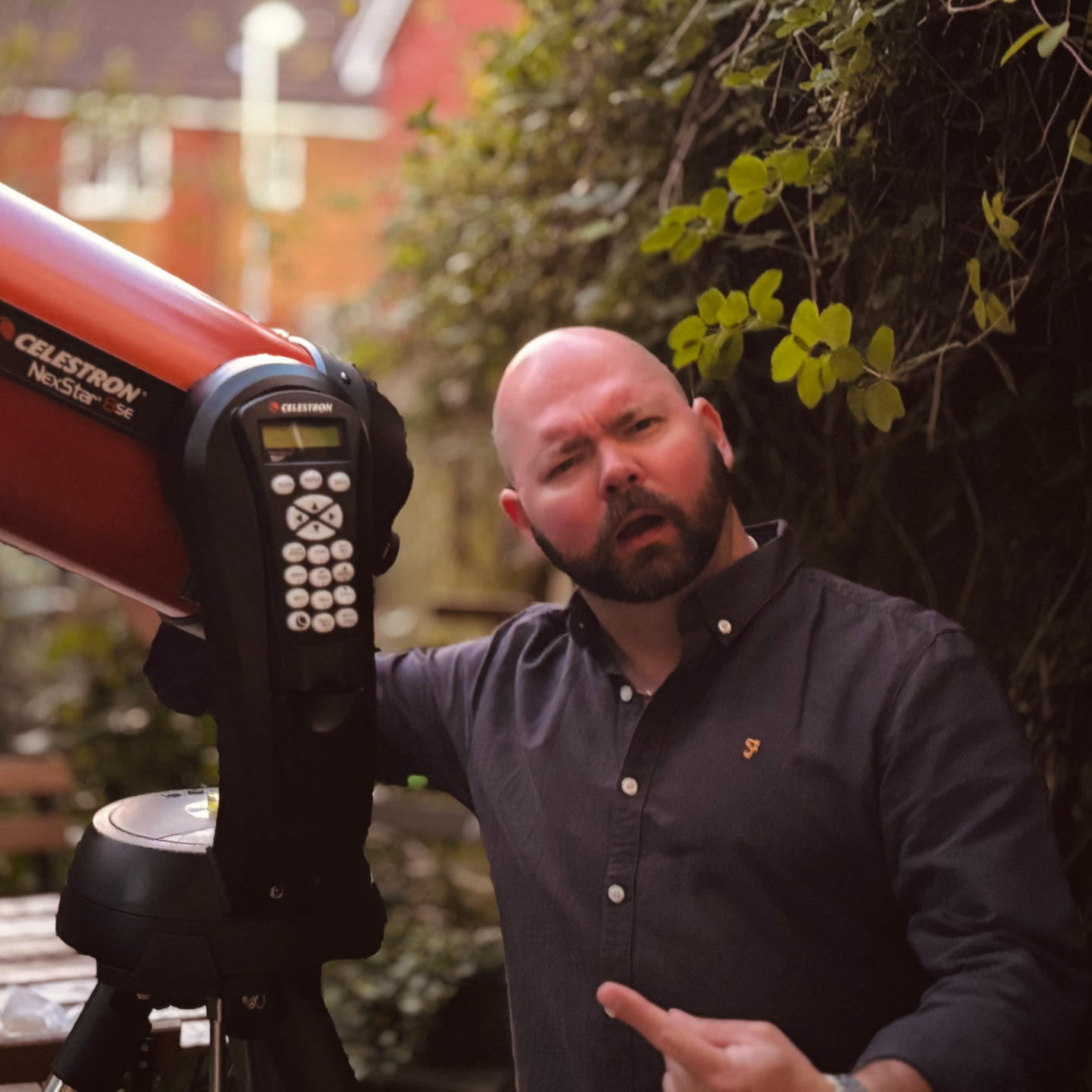
Anthony Wood joined Space.com in April 2025 after contributing articles to outlets including IGN, New Atlas and Gizmodo. He has a passion for the night sky, science, Hideo Kojima, and human space exploration, and can’t wait for the day when astronauts once again set foot on the moon.
You must confirm your public display name before commenting
Please logout and then login again, you will then be prompted to enter your display name.
